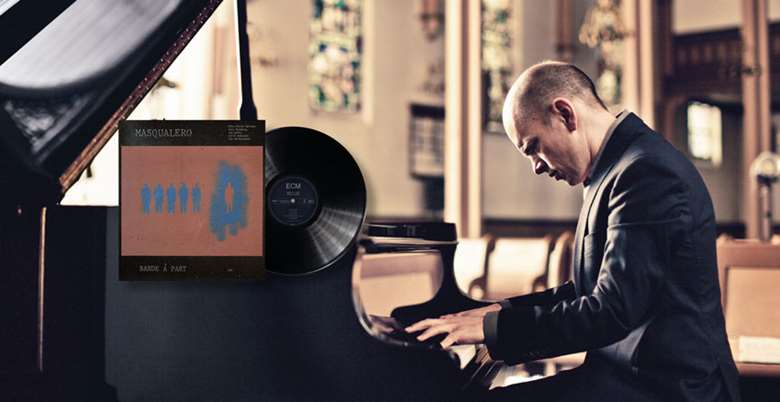Life-changing albums: 'Bande À Part' by Masqualero
Friday, January 11, 2019
Pianist Tord Gustavsen talks about the album that changed his life, Bande À Part, by Masqualero.


Register now to continue reading

Thank you for visiting Jazzwise.co.uk. Sign up for a free account today to enjoy the following benefits:
- Free access to 3 subscriber-only articles per month
- Unlimited access to our news, live reviews and artist pages
- Free email newsletter